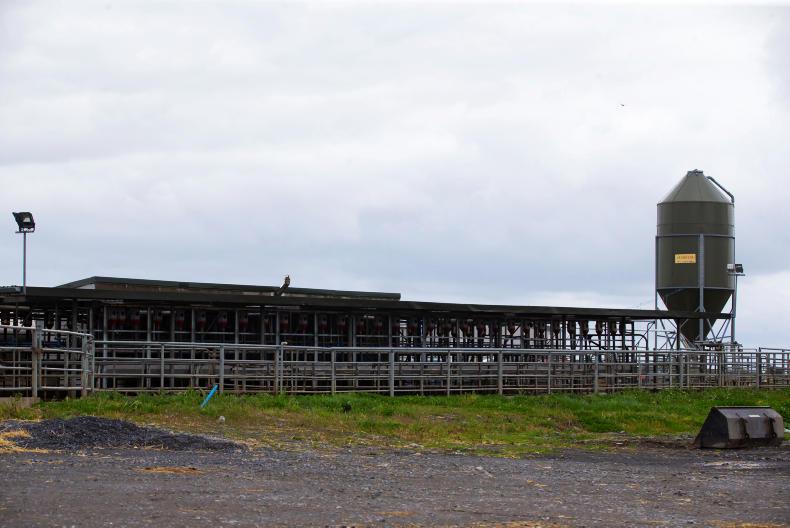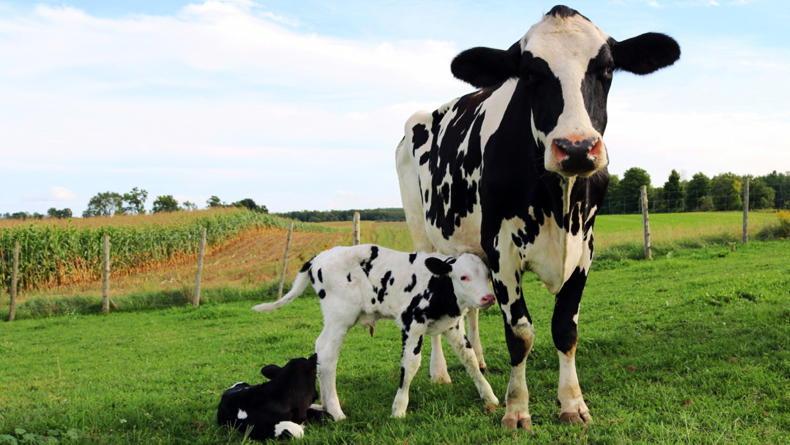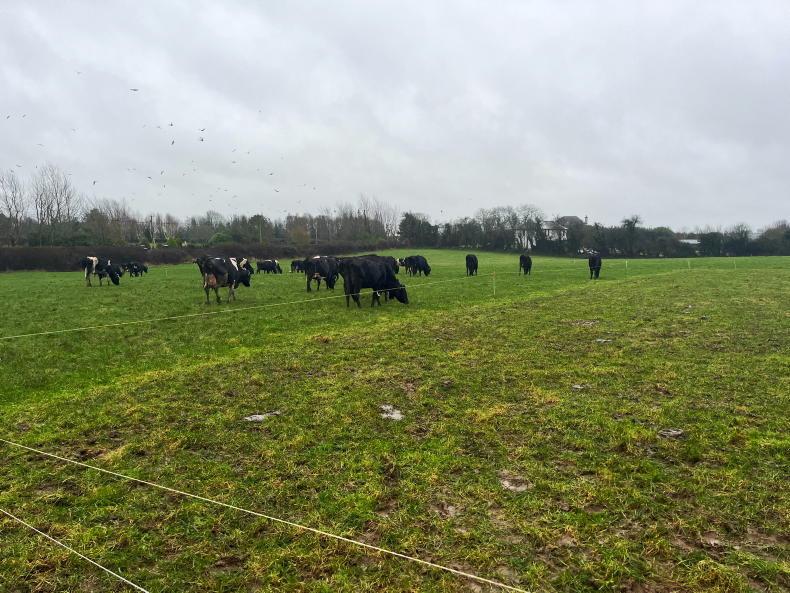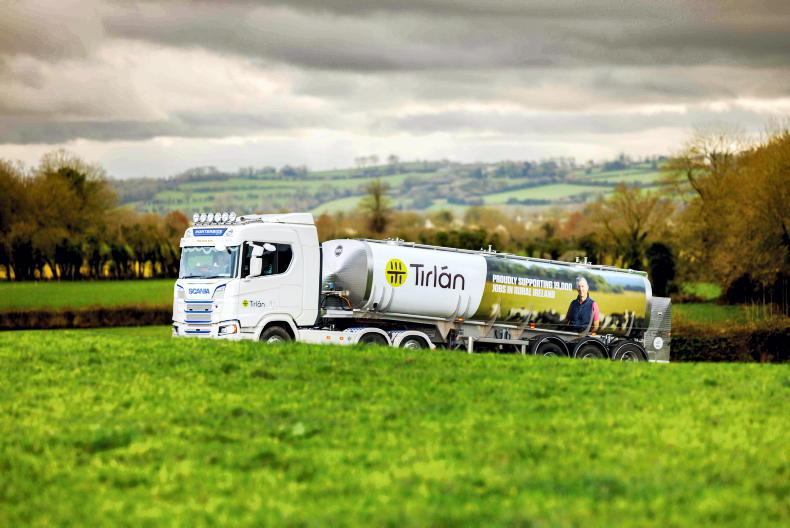With the future of the Greenfield Farm in significant doubt, this may be an appropriate moment to have a broader look at the core issues that challenge the dairy sector and how they can best be addressed.
Firstly, just who is the average dairy farmer? It’s still someone milking slightly under 100 cows, with one to 1.5 units of mostly family labour. The cows are typically neither Jersey cross nor very high-output Holsteins, but average Holstein Friesians milking off grass.
Just what does the average dairy farmer want? That’s not so easily answered. The plain truth is that most farmers want to make a decent living and plan a viable succession while achieving a good work-life balance.
Most people don’t aspire to having 400 cows, and many have already exhausted the grazing capacity of their land.
Listening to people in the dairy industry talking about sustainability, you could be forgiven for thinking it is largely a branding issue. Sustainability runs much deeper than messaging or marketing.
Carbon footprint
It must target the lowest possible carbon footprint, and must also achieve the highest standards of welfare for both the farmer, other workers and the animals involved.
The calf cannot be written out of the equation. The broad public will not accept calves being killed at days rather than years old.
In fairness to both Glanbia and this paper, neither have shirked the Jersey-cross bull calf situation. The Greenfield farm use of only sexed-semen Jersey straws marks progress, and improvements in the success rate of sexed semen can address the issue further.
It’s fair to say that a high proportion of new entrants have gone to either of the extremes – the Jersey-cross Greenfield-type herd, or the indoor high-output cow.
The image of Irish dairy produce is of a farming family watching their cows grazing in sunshine. Does the relatively small number of very large indoor farms pose a threat to this image?
Tiered milk price?
The Glanbia Truly Grass Fed brand excludes milk from such herds. Could we be heading to a tiered milk price with welfare and environmental status ranking alongside protein and butterfat as price constituents?
There are huge challenges for the dairy sector to address, wherever and however the challenge is met.










SHARING OPTIONS